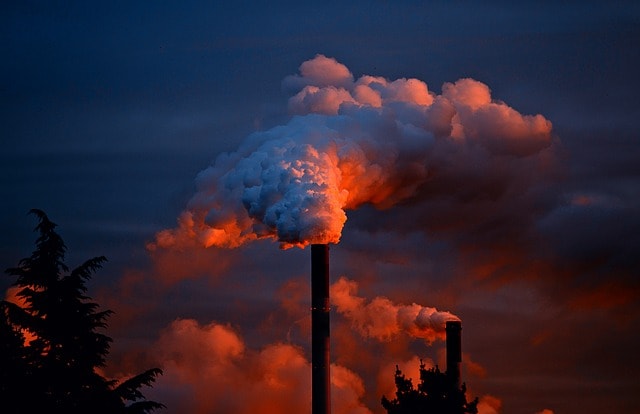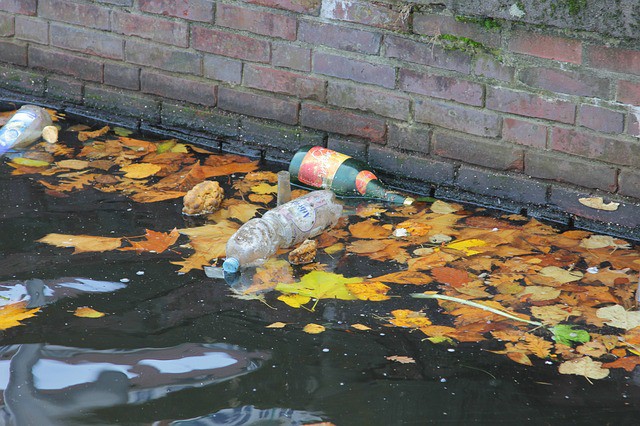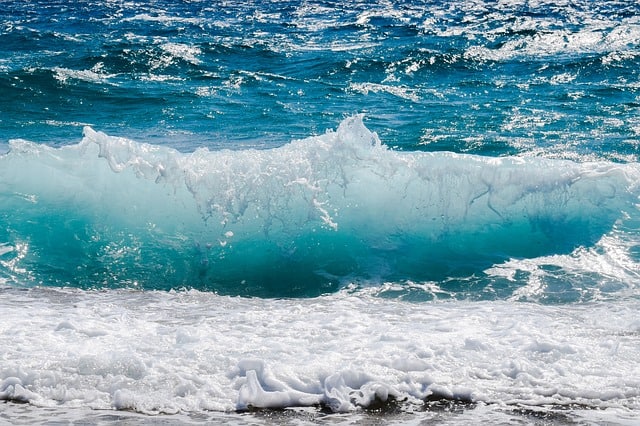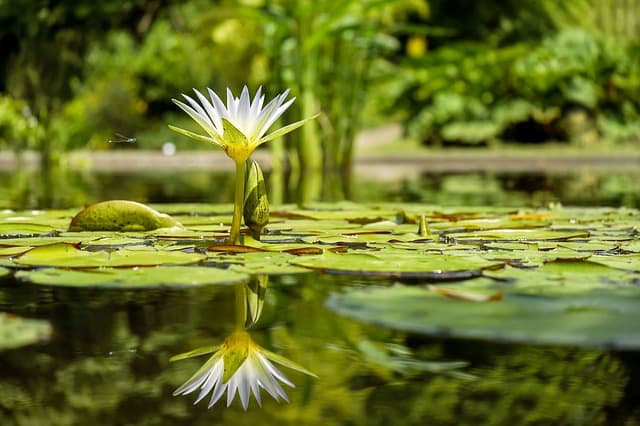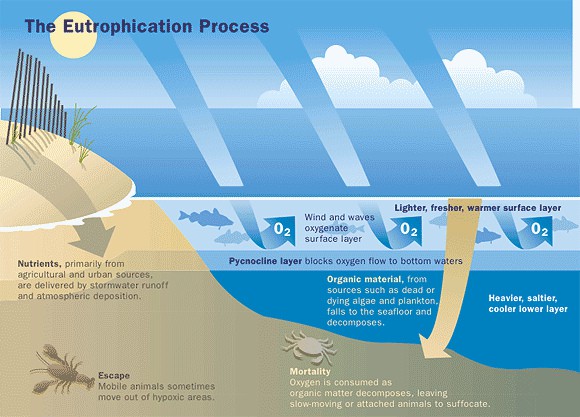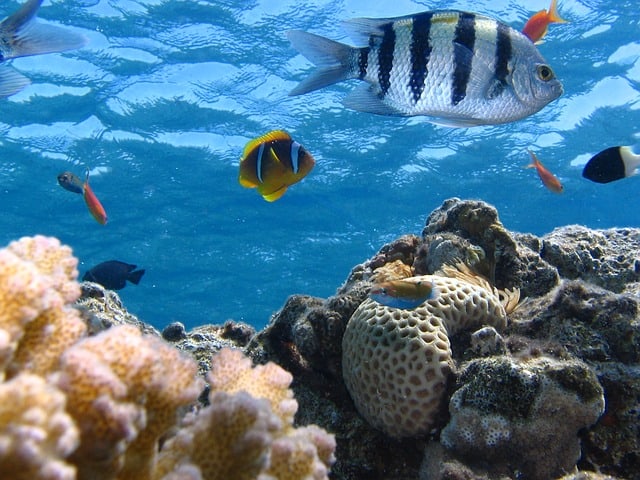Causes, Effects and Solutions of Marine Habitat Loss and Destruction

The marine habitat destruction and loss is where the marine environment or the ecological set up is unable to support life due to degradation. This is a process that is contributed by various natural and human activities. Most countries have had the opportunity to stock marine animals and plants. Countries such as North and South Americas, South Africa, Brazil and continents such as Europe Asia and many others are bordering water masses. One irrefutable assertion is that marine lives are highly appreciated. The primary reason for this would be that they add the beauty of a country. Here are the various causes of marine habitat loss and destruction.
Causes of Marine Habitat Loss and Destruction
- Climate and seas changes
Scientists explain that when there is higher concentration of carbon dioxide in the air, the water absorbs much of it. The water gets contaminated and the level of heat in the water rises beyond the expectations of life. When the ocean temperatures rise; there are other associated adverse impacts that are experienced in the aquatic environment.
- Climate change-related heat
The heat melts the icecaps and as a result, there is a resultant rise in the ocean level. The melted ice caps and glaciers contaminate the water and this threatens the life of the aquatic plants and animals. The increase in temperature has another aeration negative impact. It obviously limits the concentration or the solubility of oxygen in the water.
Plants and animals will then suffocate. The changes that take place in the sea due to climate change-related heat are also responsible for the marine habitat loss and destruction as they may contaminate the water or even alter the water temperatures.
- Pollution
There are some human activities which are responsible for the changes in the marine ecological conditions and such may mean alteration or destruction and loss to the marine habitat. Such can entail water pollution, air pollution, and land pollution which intoxicate the environment and makes the water contaminated. Thermal pollution as a result of industrial activities also destroys marine habits. The end result is the depletion of marine animal and plant species.
- Unsustainable fishing
It is always important that the fishing activity has the ability to support the environmental conservation attempts. Too much aggressive fishing activity can damage the marine habitat as it leads to the loss of many fish and aquatic species.
- Lack of protection from the governments
Where governments have failed to acknowledge the importance of conserving the natural habitat, there is higher probability that negative impacts will be made. In the case of marine habitats, when there are no policies regulating access to such areas, sea plants and animals will shoulder the burden of irresponsible acts.
- Shipping Impact
In many cases, countries rely on the shipping means of transport for bulky cargo. But the effect of the process does not always augur well with the well-being of the sea habitat. Marine habitat is therefore destroyed by the oil spills among other associated hazards which poison the water.
- Eutrophication
Eutrophication can be understood as the process where the fertilizers from land are washed off into the waters. These fertilizers always contain phosphate and nitrate ions and when they come into contact with the waters; they form basic and acidic compounds thereby leading to dense growth of algal blooms, which in return create intolerable environment that cannot support aquatic life.
- Development of coastal places
Due to the existence of water transport, many countries develop a consequential drive to develop their coastal regions. But in the process, less or no concentration is rendered on the need to conserve the natural marine habitat and all that it contains.
Effects of Marine Habitat Loss and Destruction
- Low oxygen concentration
When the marine habitat is destroyed and is at the brink of vanishing, there various effects that would be likely. The first major impact that acts as the determinant and influences the outcome of the others is that oxygen concentration in the water gets to the lower level, to the extent that it can barely support aquatic life. This can be as a result of water or air pollution which even makes the water to be contaminated. The resultant situation of such destruction is that most plants and animals disappear through death.
- Migration of marine animals
Some animals may be forced to migrate on sensing that there is that element of environmental hostility. It means that the country or the people that border this particular water body will be obviously deprived of the opportunity to freely gain from the benefits of the aquatic plants and animals.
- Food reduction
Because there is some degree of dependence between the terrestrial and aquatic lives; the former will be hit by the depletion of the latter. A significant example that can be cited in this particular scenario is that humans depend on some sea fish such as octopus, star fish, salmon and much more for food. When they are depleted, humans will definitely suffer from that negative impact.
- Extinction of animal and plant species
Animals such as whale, shark and many others depend on other aquatic ones such as seals for food. Extinction of one means the extinction of the others in the food chain. The whole consequence of the marine habitat loss and destruction is that it leads to death and migration of animals. Some plants also die and become extinct due to the extreme ecological conditions.
- Rapid land conversion rate
Where marine habitat loss and destruction is characterized by the disappearance or the decrease in water masses, there is quick land conversion rate. This may benefit humans for settlement but other benefits drawn from the aquatic life will surely vanish.
- Loss of coastal natural beauty
The beauty of the coastal places is dictated by the variety of plants and animals that are existing. This implies that when the natural habitat is encroached or even destroyed, such species or animals and plants become extinct. The extinction takes away the beauty of the coastal areas because its natural aspect is taken away.
- Loss of revenue to the governments
Coastal regions are major tourist attraction sites. Not only do the sandy beaches attract people but also the picturesque view of the aquatic plants and animals play crucial roles. Whenever such animals and plants are rendered extinct, the beauty of these places is taken away and this implies that the countries have to contend with decrease in tourism activities and as such, the loss in revenue.
Solutions of Marine Habitat Loss and Destruction
- Controlling Pollution
The first measure that would be useful in combating this environmental threat would be the step to control environmental pollution. Water, air and soil pollution are responsible for the adverse climatic changes. Such changes result into glaciation, melting of the icebergs and in the process, the marine habitat is threatened by degradation.
- Environmental conservation Policies
Human discipline would be quite necessary in ensuring that the problem of marine destruction is solved. How would this happen? Perhaps, various environmental conservation bodies such as UNEP can be in liaison with the various governments so that laws seeking to control industrialization and waste disposal are ratified. Eventually, global warming shall have been controlled and the threat posed to the aquatic lives will have minimized.
- Controlled fishing
There are other associated activities that can be used constructively. This may entail the controlled or moderated fishing which is sustainable. Overfishing tampers with the aquatic ecology and food chain. It can be done in a way that other plants and animals are not rendered extinct in the process. Overfishing can render certain animal species extinct due to the deprivation of food. Fishing regulations can therefore help in giving guidance.
- Civic Education
Humans sometimes need to be educated on how they can respect the sanctity of the laws of nature. This encompasses the duty to treat the plants and animals with care. Civic education can be important in the marine areas as it would equip the people with the necessary skills to help them avoid the destruction of marine habitat. This activity can be conducted in small groups.
- Restricting over aggressive coastal developments
Governments can only use the relevant coastal locations to boost other activities such as trade. This move will be very helpful in limiting the spread of urbanization and coastal developments which pose serious threat to the marine habitat. Other policies can be formulated which support and give guidance on what needs to be done during coastal urbanization to preserve the marine habitats.
- Limiting land conversion drive
When uncontrolled, human settlements can be a nuisance to the existing ecosystem. In the coastal regions, it can get over ambitious and this connotes doom to the marine habitat. As a consequence, plants and animals will be endangered. Such human activities can be moderated by limiting land conversion drive.
- Using designate routes only during shipping
Countries that are using water transport can go ahead and control the activities. This can be achieved through the strict use of designate routes in order to limit the spread of danger that can be caused by the ships. It can reduce the oil spill disasters and other heat related dangers.

